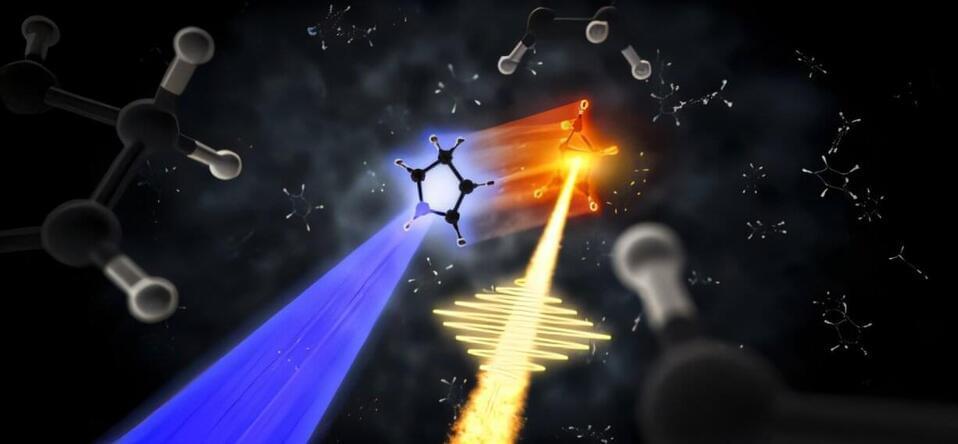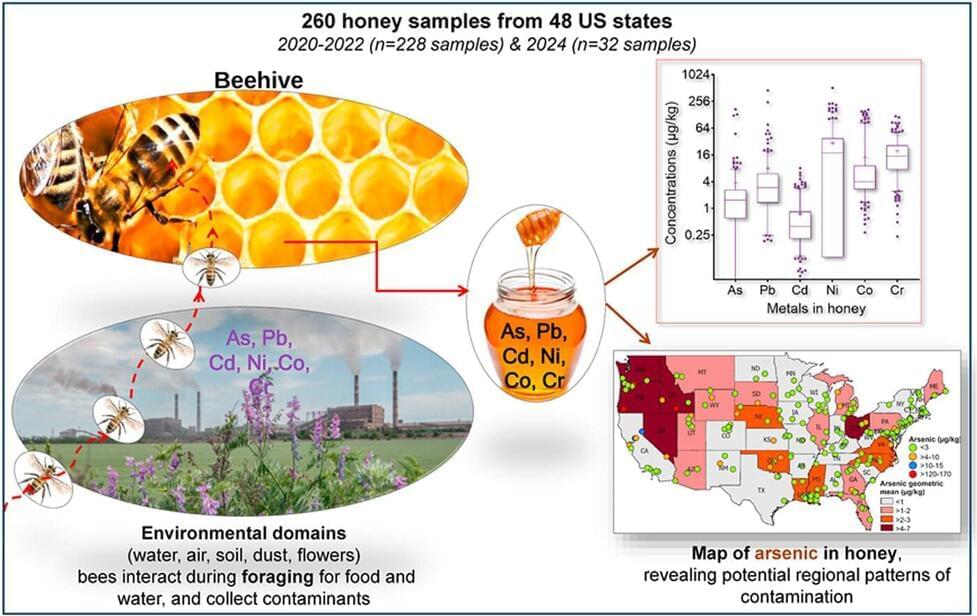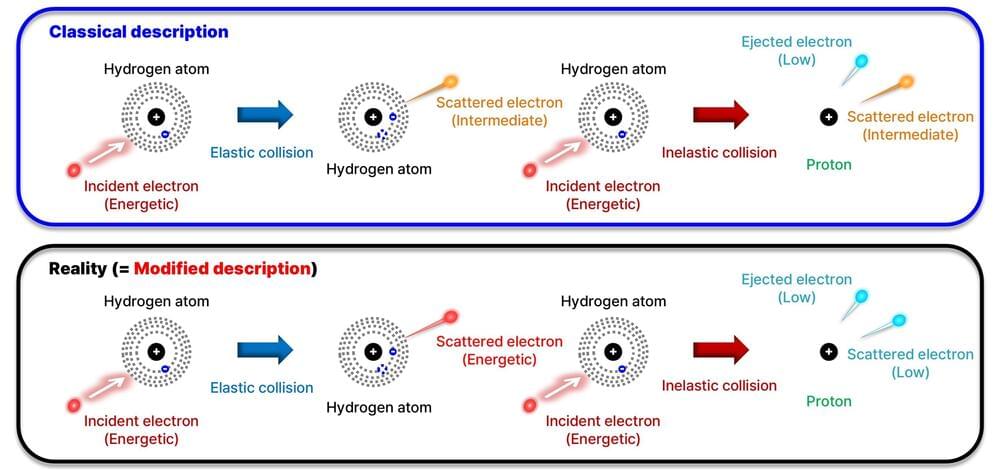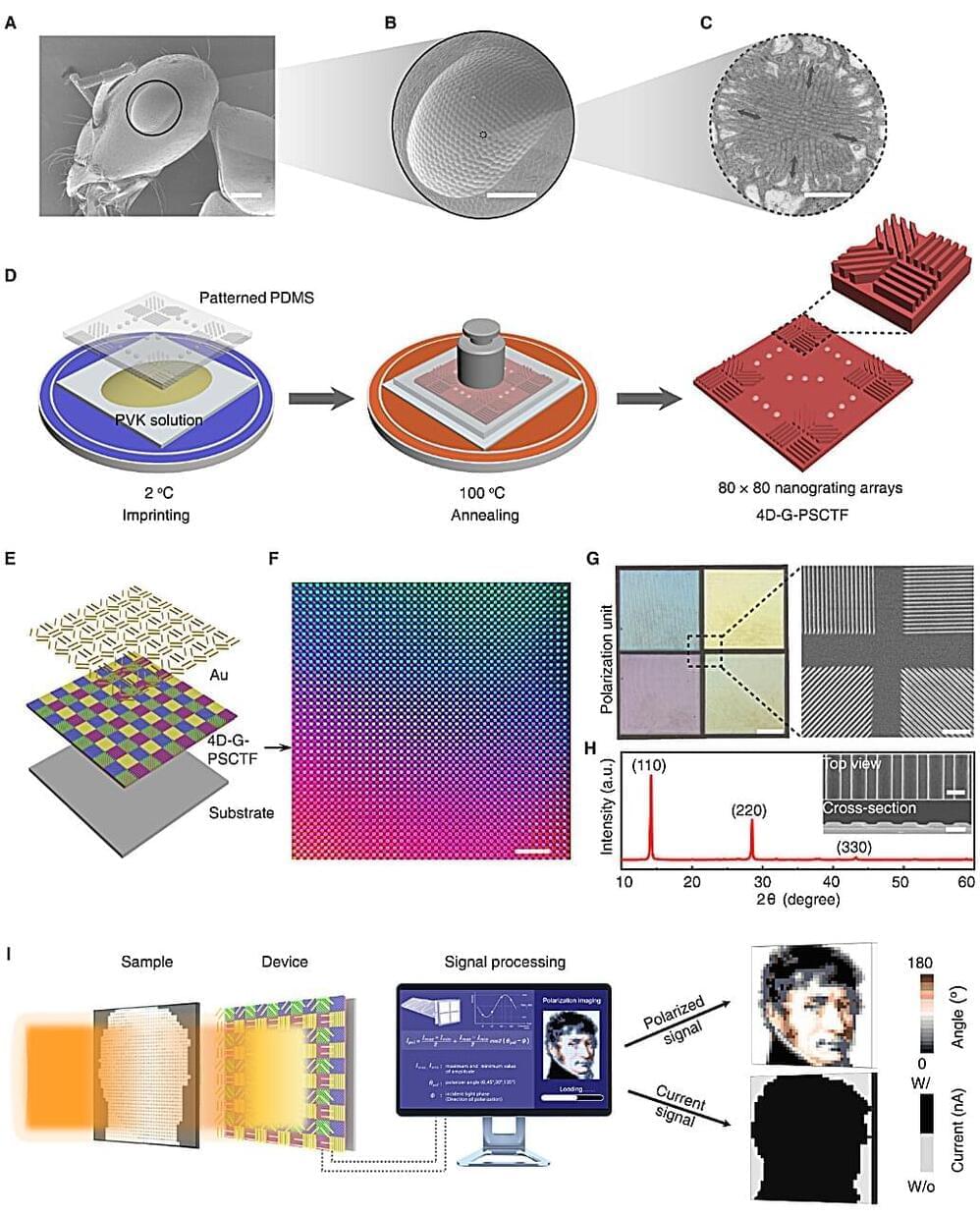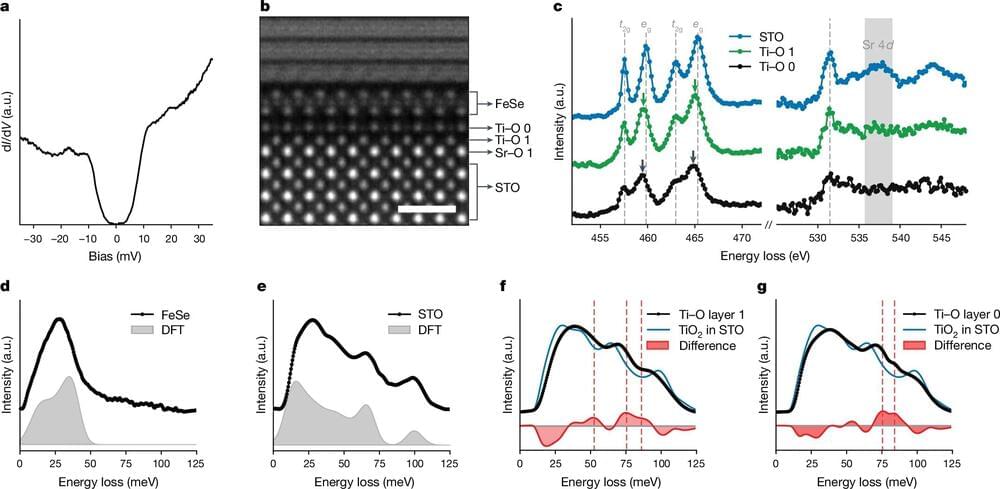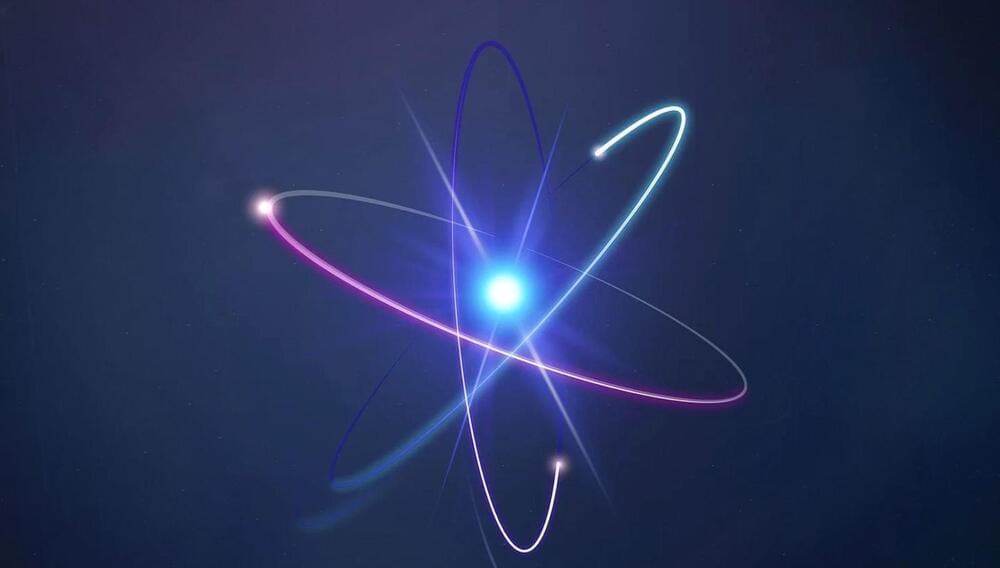Dec 6, 2024
Experiments provide evidence that interaction of light with a hydrocarbon molecule produces strained molecular rings
Posted by Saúl Morales Rodriguéz in categories: chemistry, solar power, sustainability
When molecules interact with ultraviolet (UV) light, they can change shape quickly, producing strain—stress in a molecule’s chemical structure due to an increase in the molecule’s internal energy. These processes typically take just tens of picoseconds (one millionth of a millionth of a second). Advanced capabilities at X-ray free electron laser (XFEL) facilities now enable scientists to create images of these ultrafast structural changes.
In work appearing in The Journal of Physical Chemistry A, researchers found structural evidence of a strained bicyclic molecule (a molecule consisting of two joined rings) that emerges from the chemical reaction that occurs when a cyclopentadiene molecule absorbs UV light. Cyclopentadiene is a good sample chemical for studying a range of reactions, and these findings have broad implications for chemistry.
Highly strained molecules have a variety of interesting applications in solar energy and pharmaceuticals. However, strain doesn’t typically occur naturally—energy must be added to a molecular system to create the strain. Identifying processes that produce molecules with strained rings is a challenge of broad interest in physical chemistry.
